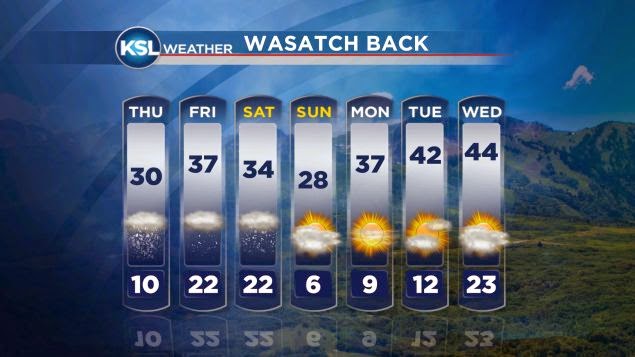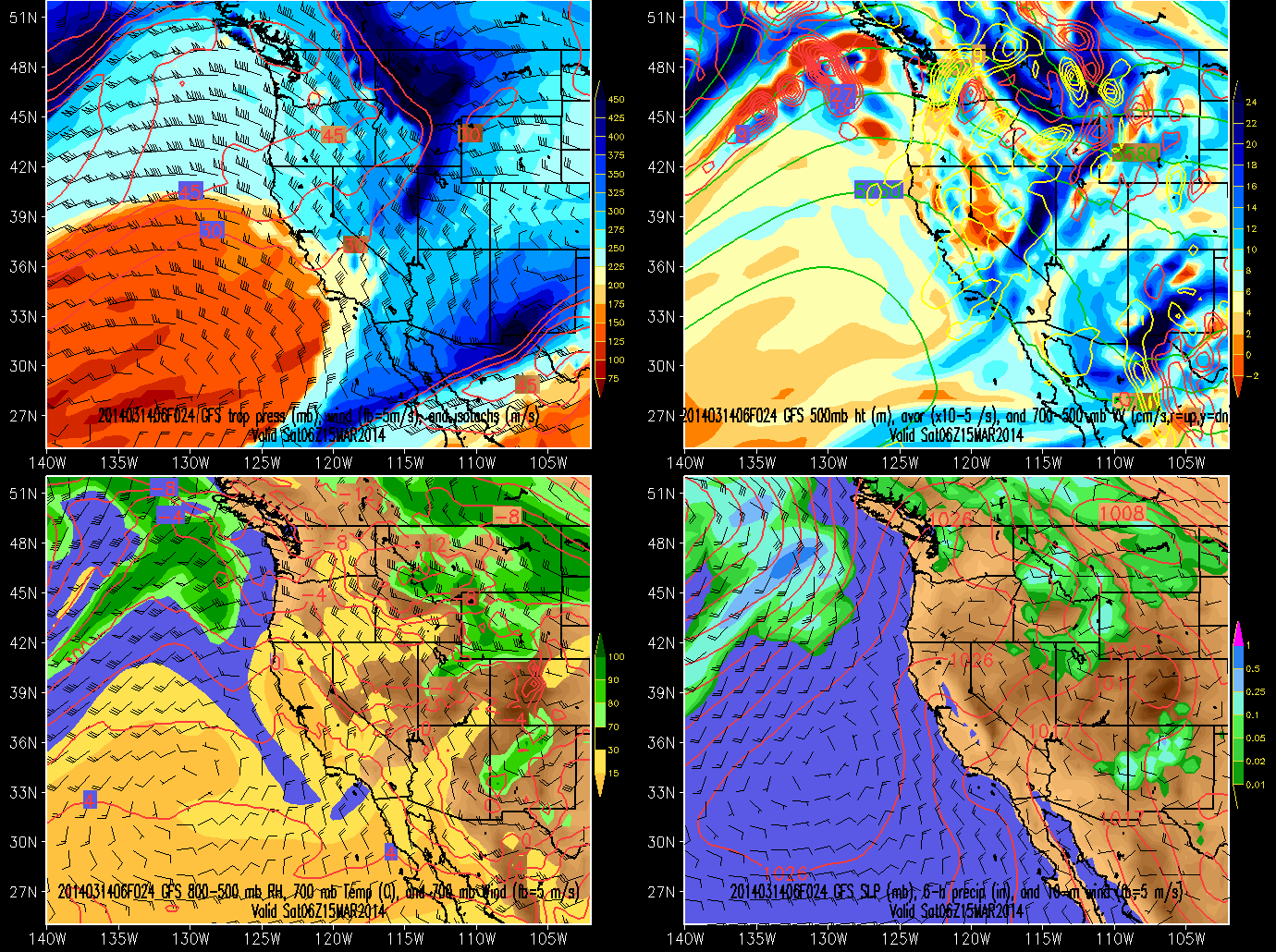


Murdock of the weather bureau that the inverted fountain will continue to play far into tonight,” according to a report from Deseret News that afternoon. “The copious downpour has continued all day, and the cheerful assurance is given by Mr. Rain throughout the area led the evening edition of the Deseret News that day. Even then, the rain total was noticeable and the talk of the state. That remains an all-time record in city history. On May 3, 1901, Salt Lake City officially received 2.64 inches of rain. Of course, it’s not as easy to sustain, Eubank said. Hanksville, which has a record of 11.22 inches set in 2015, currently doesn’t fall into the record-breaking range, but the area typically receives rain during the summer. The record for that area is 16.94 inches from the 1946-47 water year. In Cedar City, 7.13 inches of rain has fallen since Oct. If that pace holds, it would end up close to the record of 15.77 inches set in 1931-32. George received 7.22 inches from October through March. Other quadrants across the state are at similar rates. If Salt Lake City were to remain on that trend for the rest of the water year, it would threaten the record of 25.15 inches set during the 1981-82 water year. That’s not only 5.11 inches ahead of this same point last year, it’s several inches ahead of the normal average of 9.4 inches by this point. Heading into this weekend, Salt Lake City has received 13.04 inches of rain since October 1, KSL meteorologists said. And is there any correlation in Utah’s previous rain totals that meteorologists use to anticipate weather? Has Utah ever seen this much rain before? Actually, it has - although that's not to say the rainfall has been normal this year. “To see the droughts go from extreme in California, Nevada, Utah and Arizona, and now to have that completely gone across the region, is a pretty phenomenal turnaround in a short amount of time.”Īs consistent rain has impacted Utah, so has curiosity. “It’s been a stellar year, there’s absolutely no question, and it isn’t just in Utah - it’s around the entire West,” said KSL meteorologist Kevin Eubank. The precipitation totals have also been noticed by those preparing for any potential flooding as runoff from snowpack in the mountains also merges into the rain total. That’s thanks to above-average and even record-setting paces in rainfall this water year, which unlike a calendar year, runs from the start of October through the end of September each year.

SALT LAKE CITY - With foothills glowing in Irish-like green and water flowing into reservoirs, it’s hard to believe Utah has a desert climate. Reading or replaying the story in its archived form does not constitute a republication of the story. Information in the story may be outdated or superseded by additional information. This archived news story is available only for your personal, non-commercial use.


 0 kommentar(er)
0 kommentar(er)
